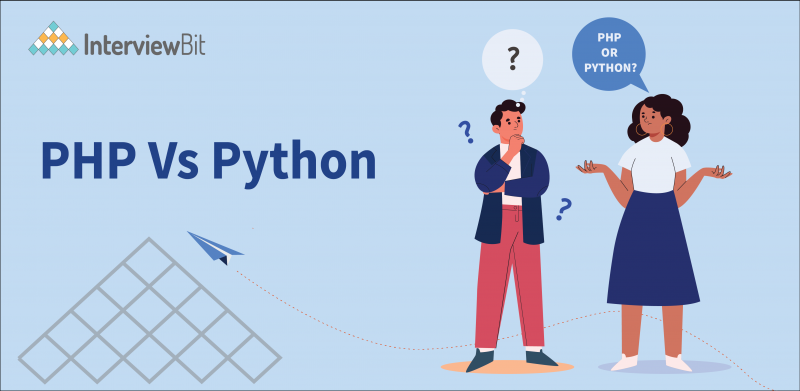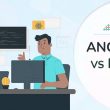Introduction
Choosing a dependable programming language is the first step in creating a successful website or application. With the pressure to create high-performing, robust, dependable, secure, and dynamic products, it’s more important than ever to pick the right technology foundation, along with the programming language. There are numerous programming languages available, including Java, Python, JavaScript, PHP, Ruby, and others, each with its own set of strengths and weaknesses. Among these, the two most common server-side languages are PHP and Python, which are used by the majority of organizations. And as a result, confusion arises while choosing the right programming language for your projects. It is not easy to pick a side in this “PHP vs Python” dispute.
While PHP is used to programme a large number of websites, Python has been on a steady rise for the past two years. You’ve come to the right place if you’re pondering over whether Python programming is ideal for your project or if you should remain with PHP. Before we start the PHP Vs Python Comparison, let’s get a grasp on what both of these languages essentially are.
What is PHP?
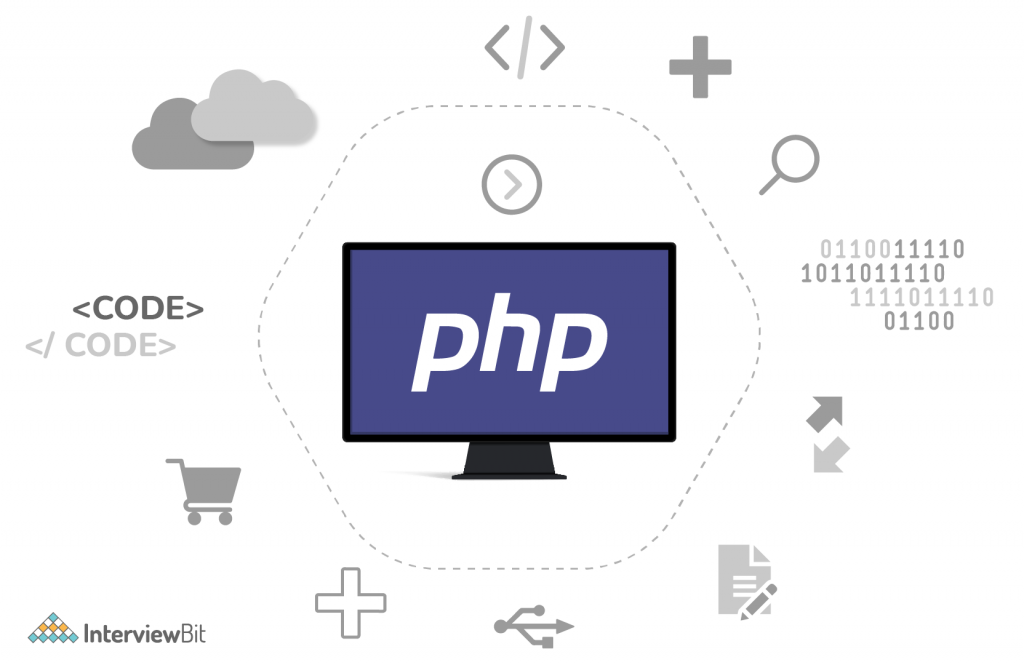
PHP is a free and open-source scripting language. It is a multi-purpose programming language that is most widely used for web development. Originally, the language’s name stood for “Personal Home Page.” Later on, it was shortened to “PHP: Hypertext Preprocessor,” which created a recursive acronym. PHP was created in 1994 by Rasmus Lerdorf—a Danish-Canadian programmer. In June 1995, he delivered the first PHP version (PHP 1.0). Since then, many improvements have been made to future PHP versions, with PHP 8 being the most recent, having been published in November 2020. PHP has grown over time to become one of the most popular web development technologies, despite some criticism of its design.
Confused about your next job?
Key Features of PHP
PHP comes with its own plethora of features, along with it being open source and easy to use. Some of its features are:
- PHP supports a variety of databases, including MySQL, Oracle, PostgreSQL, and others, as well as database integration.
- PHP has more flexibility and embedding possibilities than other languages. It’s simple to integrate with JavaScript, HTML, XML, and other languages.
- PHP’s object-oriented features help it run faster and provide extra capabilities like inheritance and data encapsulation.
- PHP has certain built-in error-reporting constants that can be used to generate error messages. It also makes exception handling easier, allowing you to see and solve mistakes.
- It runs on practically all operating systems, including Windows, Mac, Linux, and Unix. PHP scripts work on a variety of platforms, including PCs, laptops, tablets, and smartphones. PHP is also compatible with a variety of servers, including IIS, Apache, and others.
- PHP shows a user’s most current logging information. You can also see information on CPU and memory usage.
- PHP scripts can outperform numerous scripting languages such as JSP, PERL, ASP.NET, and others in terms of efficiency and speed. It also has faster data loading and database connectivity, allowing for more effective database management, email functionality, and server administration.
- Additional capabilities include magic constants, regular expressions, the PDO class, cookie support, shell command-line execution, and more.
Read More About – Top Features of PHP
What is Python?
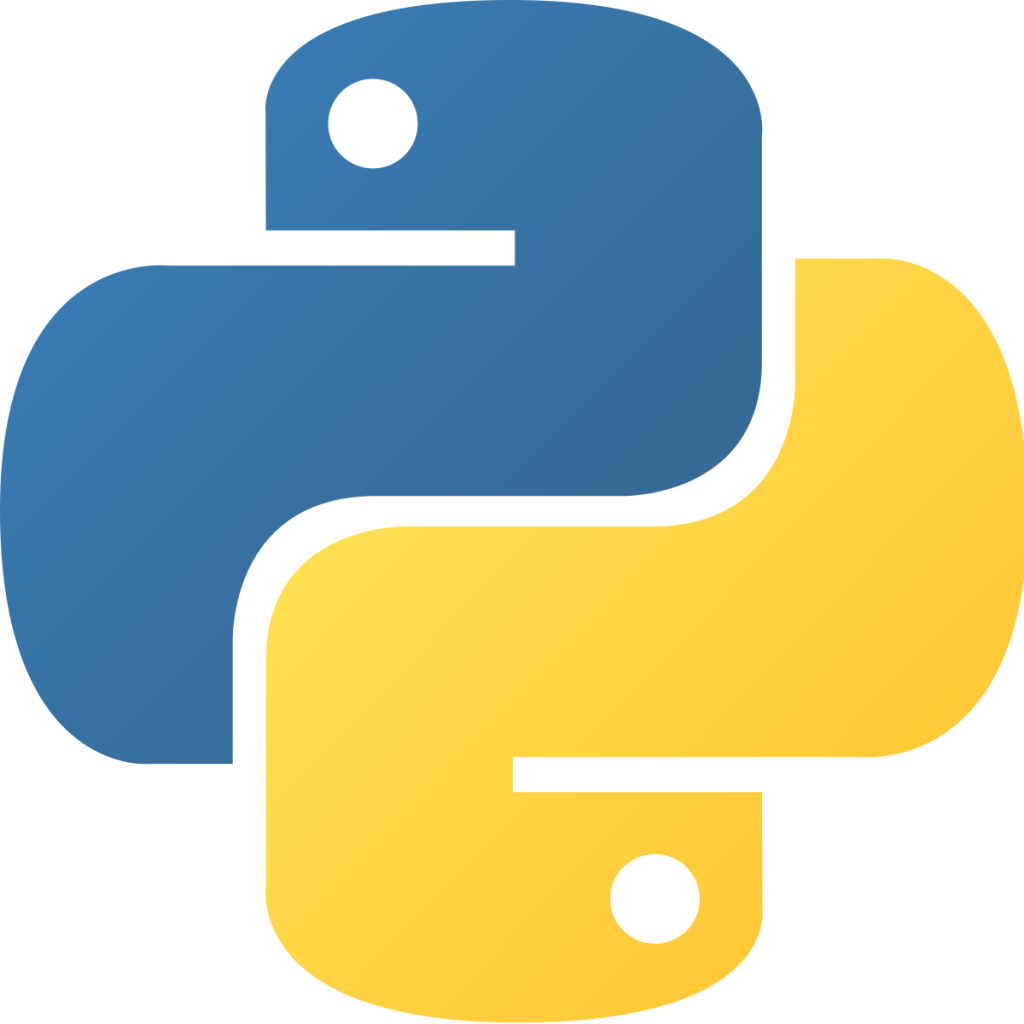
Python is a high-level programming language that is object-oriented and interpreted. It’s simple to code because the grammar is comparable to that of English. Guido van Rossum created Python, and it was released in 1991. Python 2 and Python 3 have been developed in numerous versions and subversions, with the most recent one being Python 3.9.2, which was released on February 19, 2021. Python’s design philosophy emphasizes code readability and makes extensive use of indentation and dynamic semantics. It is dynamically typed and supports garbage collection as well as structured, functional, and object-oriented programming paradigms. Python is characterized as a “Batteries Included” programming language because of its large library of standard libraries.
Key Features of Python
Just like PHP, Python too is an open source language and is considered to be one of the easiest languages for beginners to understand and use. Its prominent features are:
- One of Python’s key characteristics is object encapsulation, which allows for notions like classes, build and destruct, and more.
- Python makes use of Dynamic Variables. Dynamically typed variables are those in which the type of a variable is determined during execution rather than at the beginning. As a result, you don’t have to declare the variable type, such as int, char, long, double, and so on. It minimizes the number of lines of code and makes programming even easier.
- Python is an interpreted language, which means that it is executed line by line, one at a time, much like Java, C++, and C. As a result, code compilation is not required, which simplifies debugging and saves time.
- Python is a portable programming language. It is feasible to run Python routines written for Windows OS on other operating systems such as Mac, Linux, or Unix without modifying the code.
- Python is a language that was built to be extensible using multiple modules rather than building the whole functionality in its core. Developers may easily integrate programmable interfaces into existing apps because of the small modularity. You can also compile Python code written in C/C++.
- Python’s standard library has a large number of functions and modules, allowing you to avoid having to create all of your code from scratch. Unit testing, regular expressions, web browsers, CGI, image processing, and other applications can all benefit from the available programs.
Read More About – Features of Python
PHP Vs Python: Detailed Comparison
Well, now that we know exactly what Python and PHP are, it is time for us to take a dive into their differences, so that you can make the choice of which language is the best for you and your projects.
The major difference between Python and PHP is that the former is an open-source, powerful, portable programming language that is very easy to learn and extremely pleasurable to use. It has more capabilities and is easier to learn and use than any other programming language; nonetheless, PHP was never intended to be a general-purpose programming language; rather, it was designed from the ground up to generate dynamic web content and remains the best scripting language for the job. PHP is based on object-oriented programming, whereas Python is based on both project and procedure-oriented programming. Other than this, there are various categories under which Python and PHP can be differentiated. Let’s take a look at these.
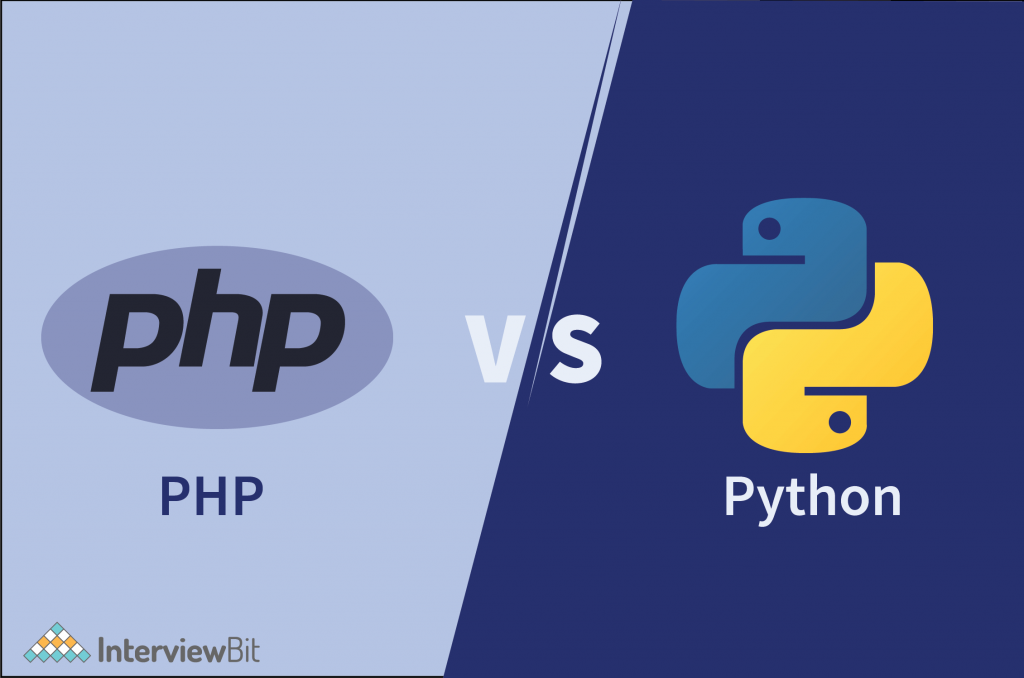
| Basis of Differentiation | PHP | Python |
|---|---|---|
| Ease of Installation | PHP is easier to install than Python. | Python can prove to be challenging to install. |
| Ease of Learning | PHP can prove to be quite challenging for beginners to learn and understand. PHP has a steep learning curve. | Python is a very easy language for beginners to grasp easily and quickly. Learning curve is easy with Python. |
| Speed | The latest versions of PHP have proven to be almost 3x faster than Python programs. | Python is relatively slower than PHP. |
| Syntax | PHP’s syntax is quite uncommon and slightly difficult in comparison to that of Python. | Python’s syntax is very easy and similar to that of English. |
| Readability | PHP is a classic programming language that mainly relies on documentation and follows a set of conventions. As a result, it’s more difficult to read than Python. | Python comprises a set of indentation rules that are fairly tight. This makes it comparatively easier to read than PHP. |
| Lines of Code | Complex programs written in PHP are much longer than that of Python. | Complex programs can be written in fewer code lines, leading to smaller program length. |
| Type of Language | It is predominantly a web development programming language. | Python is an all-purpose programming language. |
| Fields | PHP is one of the most popular languages of choice for web development. | Python is used in various fields like Machine Learning, Artificial Intelligence, Data Science and so much more. |
| Library Support | Although PHP lags behind in this area, Packagist (a PHP package repository) provides a strong backbone that keeps PHP afloat. | Python’s library support for practically all types of applications is very well-developed. |
| Database Connectivity | It gives users access to more than 20 databases. | The database integration isn’t as good as it is in PHP. |
| Environment Management | PHP has virtPHP to manage environments, but it’s no longer actively maintained. | Python has virtualenv – one of the best systems to manage environments. |
| Frameworks | A large variety of frameworks are available for PHP. Laravel and Slim are two popular options. | In comparison to PHP, Python has a smaller number of Frameworks than other languages. DJango and Flask are two of the most popular. |
| Debugging | Debugging in PHP is much slower than in Python. | Python provides a faster debugging experience, in comparison to PHP. |
| Security | PHP is less secure than Python, because of corrupted code and old coding performances. | Python is comparatively more secure than PHP. It also supports django, which comes with its own set of security features. |
| Popularity | The popularity of PHP has been declining with time. | Python’s popularity has been increasing with the passing of time. |
Conclusion
In conclusion, we can agree that PHP and Python are both excellent programming languages. For a long time, PHP has been the preferred language for the majority of web development projects. Python, on the other hand, is progressively gaining traction thanks to its unique features and capabilities.
If you’re a beginner, start with Python and then go on to PHP or other languages as you gain experience. If you’re only interested in web development, PHP is the best choice. However, if your project includes AI, machine learning, and other concepts, Python can help you get there. In the end, it comes down to your project requirements as well as your PHP or Python abilities, knowledge, and expertise. In a nutshell, the programming language for your projects is determined by your requirements. We hope that after reading this article, you are better prepared to make the right decision.
FAQs
Q.1: Can Python be used for web development?
Ans. Yes, Python can be used for web development. Along with this, it can also be used for AI, ML and other applications. Python also provides powerful frameworks like Flask and Django for web app development.
Q.2: Can PHP replace Python?
Ans. No, PHP cannot completely replace Python. There are some aspects of Python that can be replaced with Python, but projects involving AI, ML, etc need Python in order to function. They can’t be built solely using PHP.
Q.3: Is PHP worth learning in 2022?
Ans. Yes, it is definitely worth learning PHP in 2022. There is a huge demand for PHP developers in the market, so, learning PHP will surely pay off.
Q.4: Should I switch from PHP to Python?
Ans. If you’ve started learning PHP, then stick to it. Once you master it fully, you can switch to Python and learn it as well. PHP is still a very popular programming language, so don’t switch just for the sake of switching. However, if you are a beginner, Python is the easier choice.
Q.5: Can PHP and Python work together?
Ans. Yes, it will work, and how safe it is will depend on how well you implement it. If done appropriately, this is entirely okay.
Additional Resources
- Learn Coding
- Difference Between PHP 5 and 7
- PHP Developer
- PHP Interview Questions
- PHP IDE
- PHP Projects
- PHP Frameworks
- PHP Developer Salary
- Python MCQ
- Python Interview Questions
- Python Projects
- Python Developer Resume
- Python Applications
- Python Developer Skills
- Python Books
- Python Developer Salary
- Python IDE
- Python Libraries


